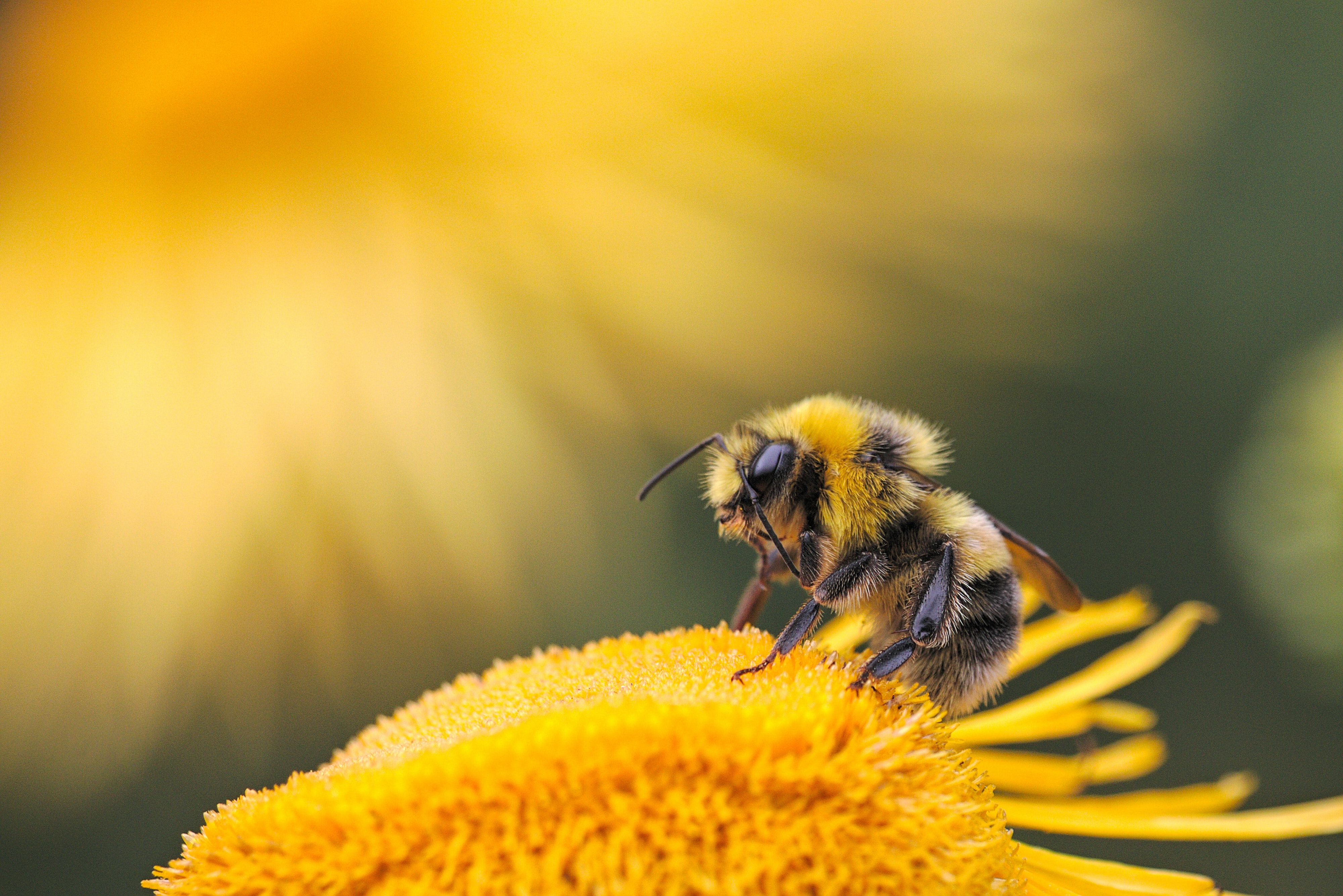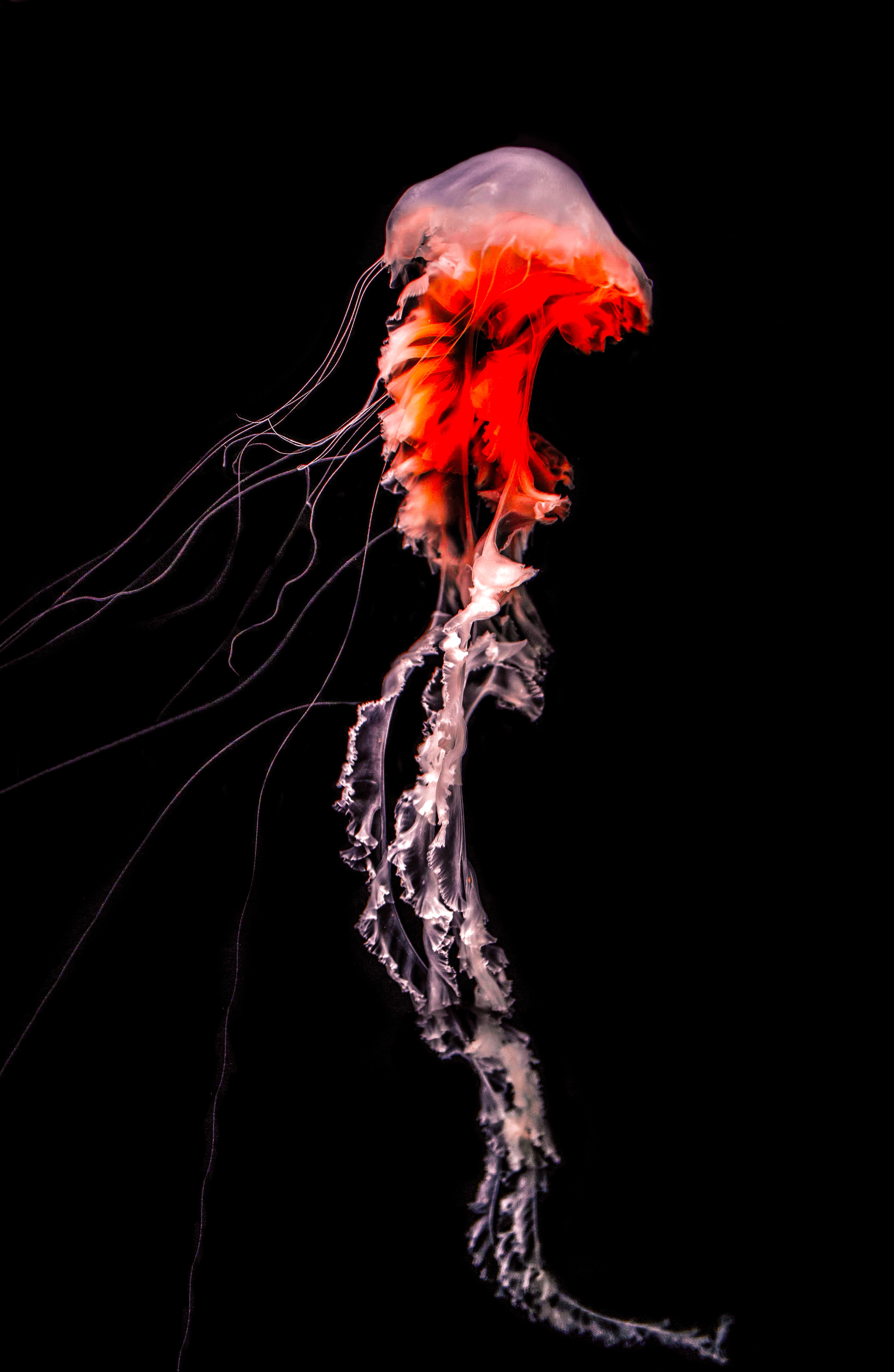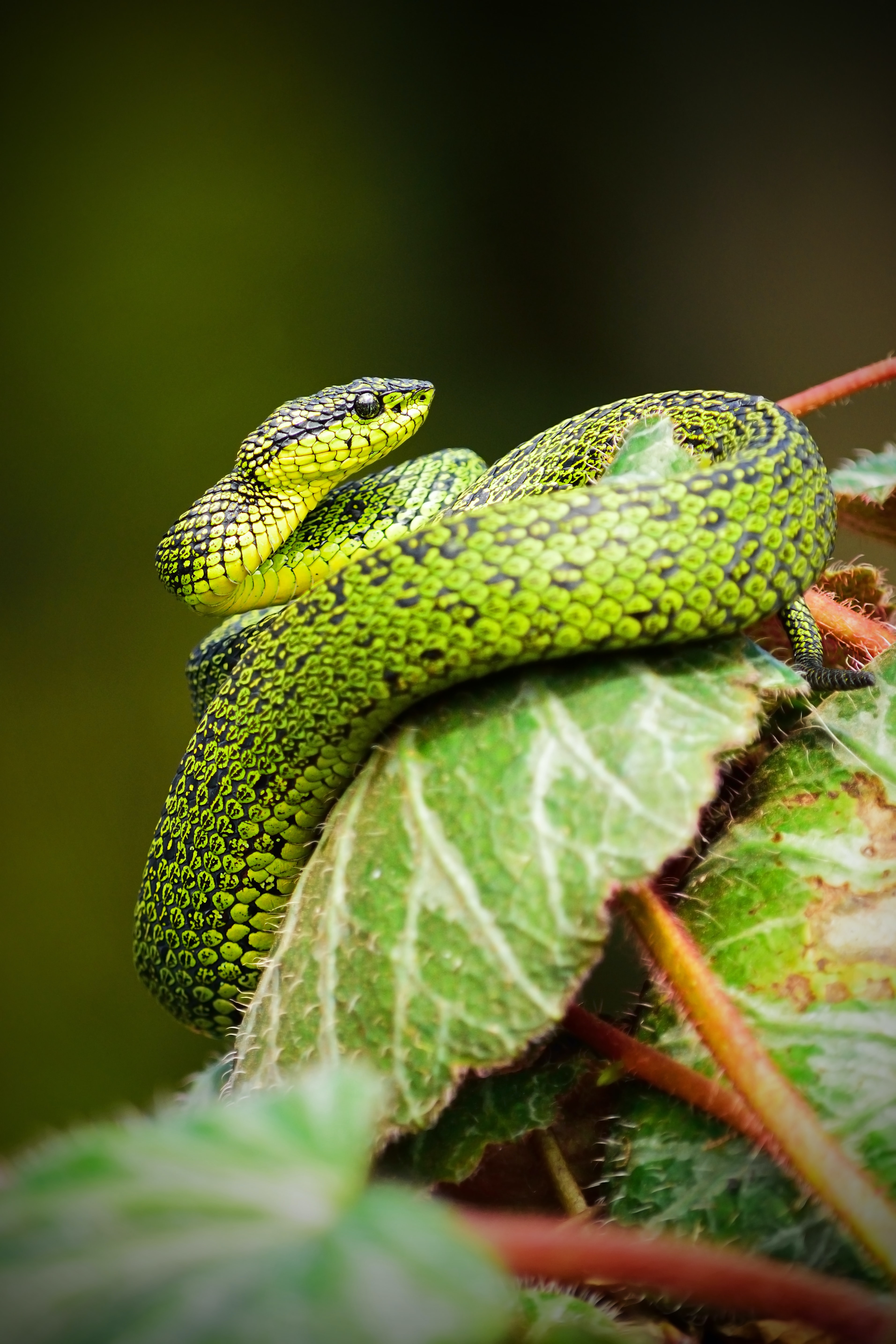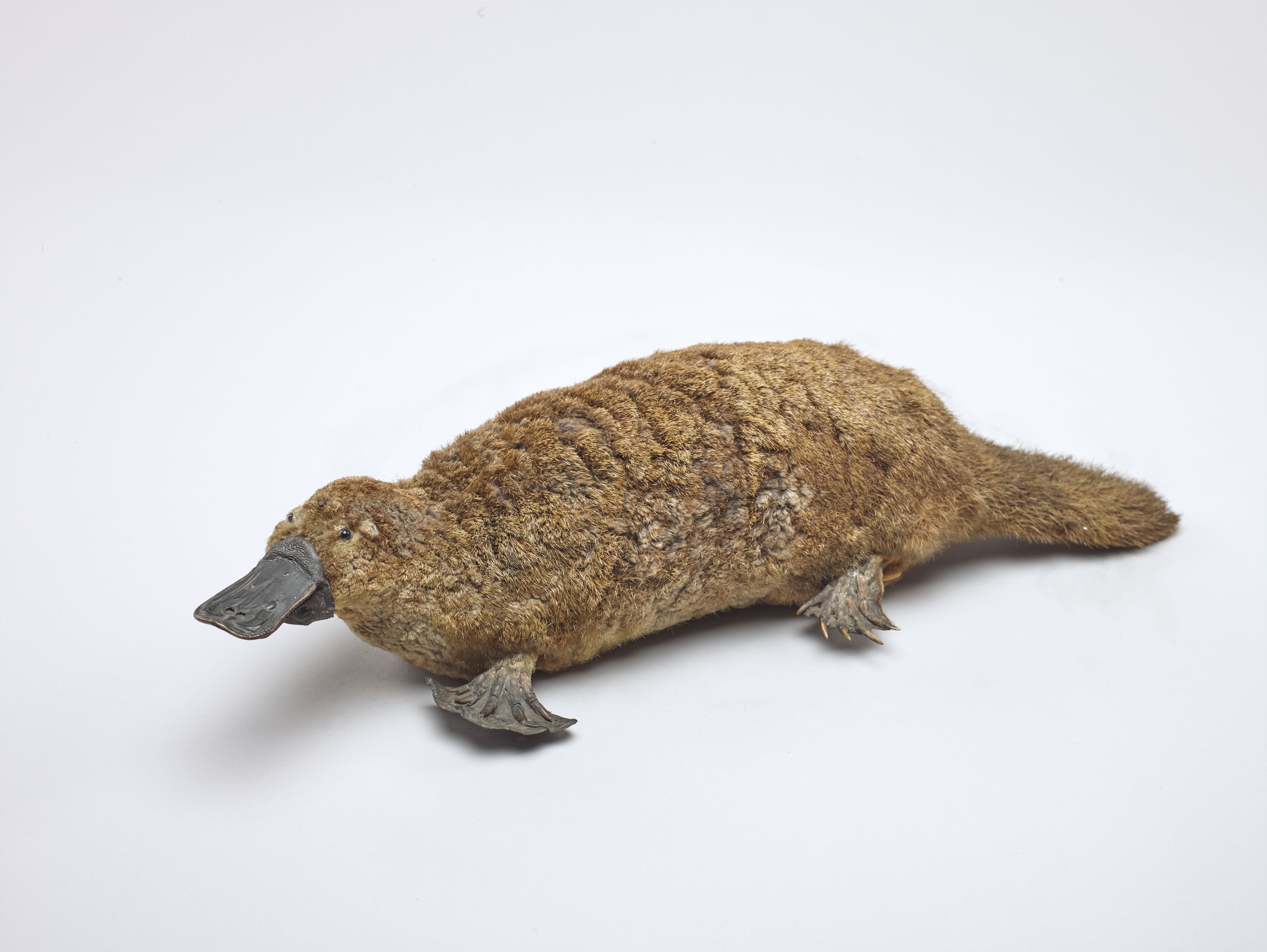Venom Part 1
The Sting of Death
Agatha Christy’s knowledge of poisons is impeccable. If you read any of her novels, you are guaranteed poison as the weapon of choice. Arsenic. Cyanide. Strychnine. Nightshade. The victim’s symptoms eerily accurate do the administered dose of choice. Find the source, you find your killer. Perhaps the killer grows belladonna in their garden. Perhaps they used rat poison from the shed.
What she does not use in her novels, however, is a naturally poison injected via a bite or a sting, otherwise known as a venom*. The poisons of choice are either synthetic or produced by plants.
And this makes sense: it’s hard to perform a flawless murder when your method of administration relies on a creature, like a snake or a bee. Not that it can’t be pulled off, but it’s far more reliable to dump some cyanide in a drink than try to stir up a cobra just so it can bite one specific victim, assuming the victim gets close to said cobra… It’s a bit of a logistical mess.
I’m going to do something a little spoilery, and give you a link to an article that covers venom systems right here. It is a fantastic article, and I highly recommend reading it, although warning: it is very heavy on the jargon. It would be a great resource for delving into your venom of choice. Until then, feel free to use this blog to spark that inspiration for further research!
(Because spoiler alert: there is no way on earth that I can cover every venom and I am not even trying).
Venom: What is it?
Why am I saying “venom” and not “poison in this post?” You’ve probably heard the little saying, “If you bite it and you die, it’s poisonous. If it bites you and you die, it’s venomous.” But let’s go a little deeper. “Poison” is a general term to describe any chemical that can affect a creature’s biological functions. “Toxins” are biologically produced chemicals that can screw up a biological system. Finally, “Venom” is a type of poison composed of toxins that is injected, via bite or sting, into a creature that can alter said creature’s biological functions. Note that I do not say “kill,” but “alter functions.” Not all venom is designed to outright kill its target.
Now, if I were a trendy blog, this is where I would delve into the etymology of “venom,” and how it was derived from a fancy Latin word that is both surprising yet completely expected. However, a quick google search reveals that “venom” came from the latin word “venenum,” which literally translates to “poison,” and that root may have itself come from the goddess “Venus,” connecting the goddesses’ charm to a “potent drug.”
Honestly, it just gives new meaning to “toxic love.”
This deceptively simple etymology cannot cover how vastly diverse the toxins that make up venoms are. I thought that I would spend a blog post covering the basic types of venom, and dear readers, that was naïve hubris talking. There is no way I could cover every toxin or venom and their mechanism, unless I created an entirely new blog which… just…no. Instead, I have decided to focus on some of the more notable ones that I found (translation: the ones that either pertain to my research or that I thought were fascinating) as a starting point for any mystery novelists out there, or folks who need some inspiration for creating that fantasy venomous species.
Also, as I was researching, I have concluded that mother nature is a b*tch, and I love her for it.
Insects

With bee venom, I have to talk about a toxin near and dear to my heart: the enzyme hyaluronidase. For background, I study molecule called hyaluronan, which is a molecule that is produced on the outside of cells: think of it as a biological protective layer. Usually, I look at how hyaluronan interacts with different immune cells, specifically how cells can degrade hyaluronan with the enzyme hyaluronidase.
Now the plot thickens… or thins, actually. See, when a bee’s injected hyaluronidase is pumped into your body, the enzyme breaks down the hyaluronan on the outside of your cells, making it easier for other cocktail of toxins in a bee’s venom to spread. Think of it as breaking down fences between houses, making it easier for people to run in between them while TP-ing the houses.
Another fascinating venom comes from the bullet ant (aptly named due to its sting having the highest score on the Schmidt’s sting pain index), which contains poneratoxin in an inactive state in the stored venom thanks to the high acid concentration. Though a teeny tiny peptide (small protein), poneratoxin stops sodium channels from closing on skeletal muscle fibers. Quick reminder: your nervous system operates on fluctuating sodium concentrations going down along a neuron called action potentials. The system needs to be turned on by opening sodium channels, but it also needs to be turned OFF by closing said channels. If you can’t turn off those action potentials, you get constant neuron firing which is how you get the gunshot-like pain of the ant’s sting.
Marine life

I’m going to start with the one most people will think of when you put “marine” and “venom” together, and that’s the jellyfish. So, on the tentacles of the jellyfish (or sea anemones, or hydrae), there are special cells called nematocysts that can shoot out harpoon-like structures. The barbed portions of these harpoons administers the venom. While I couldn’t find the exact toxins in the Portuguese man-of-war jellyfish, I was able to find multiple articles discussing venom effects: stimulating calcium flux in cells. While this may not seem particularly deadly, causing inappropriate changes in a cell’s calcium concentration can be devastating. Calcium changes, or “polarization,” is key for muscle contraction and nerve signaling; screwing with those systems could be potentially fatal.
And here’s my favorite one… The cone snail’s venom. And you’re never going to guess one of the toxins the venom can contain. Insulin! That’s right folks. This snail uses the chemical that maintains your blood sugar levels. This is because insulin’s mechanism is binding to a receptor on cells to allow sugar (glucose) to leave the bloodstream and go into the cell. This is usually a good thing. However, patients with type 2 diabetes know that having too much insulin in the blood will cause low blood sugar, or “hypoglycemia,” and if you don’t get a proper amount of glucose into your bloodstream quickly, you’ll feel lightheaded or faint, and will not be going anywhere fast.
And this, folks, is how the cone snail uses insulin as a venom. It injects its prey with insulin, stunning the poor fish while the cone snail feasts on the floating buffet. Could we harvest insulin for human use? (See part 2 for more info!)
Reptiles

Did you know frogs could be venomous? Not poisonous like “I eat you and I become sick,” I mean “the little jumping buggers inject poison into your skin” Specifically, the frog species Corythomantis greening and Aparasphenodon brunoi, which have sines on their skulls that can pierce skin and allow for toxin administration with a good headbutt. According to researchers, their venom is more potent than that of pit vipers! And guess what? While made up of common proteases, the venom does contain my favorite enzyme: hyaluronidase, for toxin diffusion (just like like bee stings!).
We’ve mentioned other snake venom toxins in a medusa post, such as dendrotoxins that block neural activity and cause temporary paralysis, but have you heard of blood clotting component of snake venom, convulxin? Convulxin is a toxin isolated from rattlesnake venom that binds to a receptor on platelets called GPIV that usually binds to something called collagen. Upon binding, convulxin activates the platelets and causes clots to form. For those unfamiliar with clots, this is the stuff your scabs are made of. And this can block your bloodstream. Check out this video for coagulating snake venom in action, because it is wild.
Mammal Venoms

Now, this category has the most worldbuilding potential for SciFi stories! (In my opinion, anyway!)
I’m sure many of you have heard of the platypus, otherwise known as “God’s drunken creation.” There are many… “unique” traits about the platypus, one of them being the venomous spurs the males have on their hind legs. The venom is a fascinating cocktail of proteins, including proteins that poke holes in cells called defensins.
And of course, everyone’s favorite: vampire bats. What I love about their venom is that it contains a molecule called Draculin I’m not kidding! I love it! It’s a molecule that stops your blood from clotting, allowing the little buggers to nick the skin of their prey and then just keep sucking up blood without a scab forming over to stop their midnight smoothie run.
Here’s one that may surprise you: venomous primates. Yep! The deceptively adorable Slow lorises is one such primate that injects venom with its bites! (Can you imagine if humans had evolved from this primate?!) According to this paper here, the venom’s structures resembles that of cat allergen. The primate raises its arms above its head; it looks adorable, almost toddler-like, except that position is where the primate combines its brachial gland fluid with its saliva to create the venom. This venom is exceedingly painful and can cause “anaphylactic shock” in humans… another way of saying “an allergic reaction that can kill you.” Fun fact: a mother slow lorises will coat her young in her venom if she must leave them.
(…Ok, I may have to do a worldbuilding post on humanoids who possibly evolved form slow lorises. I’m just saying… the potential)
Spider Venoms
…I almost shoved a cute widdle jumping spider image here, and then I remembered that many folks maaaaaay not appreciate a sudden spider picture in the blog. So your homework, if you’re up for it, is to google “jumping spiders” and be overloaded with cuteness!
I would be remis of I did not include some sort of short post on arachnids. Judge me if you will, but I love spiders.
And scorpions, but we gotta wrap up this post at some point! So just the spiders.
We’ve been kinda simple for some of the previous venom components, so how about we get a little complicated here and chat about the brown recluse spider’s venom. You may have seen the nasty bites, the brown circle of necrotic skin surrounding the area of the bite. How does it get that nasty? Well, this spider’s venom contains an enzyme called Sphingomyelin phosphodiesterase D (ah yes, one of the “-ases”). As with all enzyme names, the name spells out it’s function. Let’s break it down.
Sphingomyelin: this a type of lipid (fat) that commonly comprises the protective layer of fat called a myelin sheath around the end of a neuron that sends out signals called the axon. For simplicity, think of the axon as a live wire with crackling electricity, and the myelin sheath as the electrical tape you wrap around it, effectively improving how the electricity moves down that wire. HOWEVER, we need to note that it’s found in all cells exteriors/membranes, not just the myelin sheath.
Phosphodiesterase: This means that the enzyme targets a specific bond called a “phosphodiester” bond. It’s a fancy biochemistry name for a specific type of bond using a phosphate ion. All you need to know is that it’s a specific bond!
Together, this enzyme targets and cuts the phosphodiester bonds in the fat not only insulating neurons, but also making up our cells. This can be what absolutely destroys cells in your body. And THAT, my friends, is how a spider’s venom can be so nasty!
Takeaways?
You probably just got through all of that and are wondering, “what does this have to do with fiction?” You just got a sample of just a fraction of the possible toxins and mechanisms of venoms. There is no way I could possibly cover every aspect of venoms… but what we can do are find a variety of cools ones, each with different function and intended targets of a creature’s biology.
Come back next time for part 2, where we will discuss ways we can incorporate venom and toxins into your fictional writing! Maybe some worldbuilding ideas, maybe some cool plot devices!
And be on the lookout for another worldbuilding post, as the slow lorises humanoid evolutions is happening!
*I may be wrong here, as I haven’t read every Christie novel yet, but my research suggests no venom used in her crimes. Let me know via comments if I missed the mark here!
